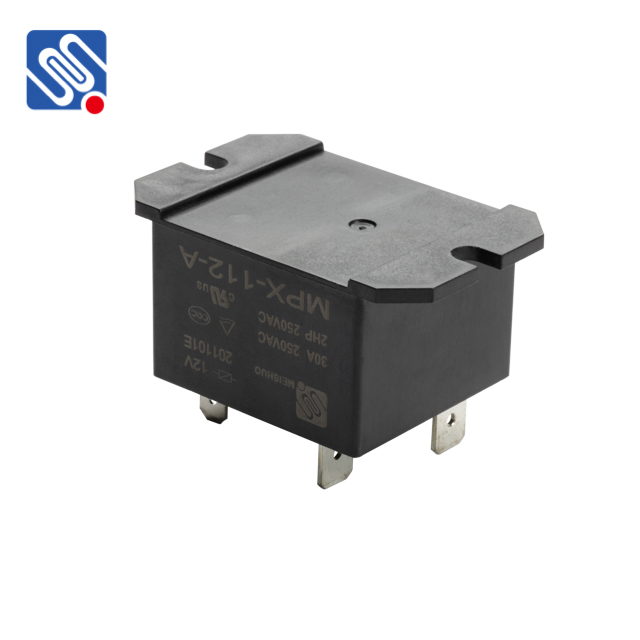understanding the 220v 30a relay: a comprehensive guide
Release time:2025-11-16 06:03:09
A 220V 30A relay is a type of electrical device that acts as an intermediary switch to control a high-power circuit using a low-power signal. These relays are commonly used in a variety of applications where switching high voltages and currents is necessary. In this article, we will explore the functions, construction, and applications of 220V 30A relays to understand their significance in the world of electronics and electrical engineering.

What is a 220V 30A Relay?
At its core, a relay is an electrically operated switch that allows the control of one electrical circuit by another low-power signal. The 220V 30A relay specifically is designed to handle 220V AC (alternating current) voltage and up to 30 amperes of current. This makes it ideal for controlling high-power devices such as motors, air conditioners, or lighting systems, with the ability to use a low-power control signal to activate or deactivate the connected circuit.
Relays work by using an electromagnet to open or close contacts in the switch. When current flows through the coil of the relay, it creates a magnetic field, which moves a mechanical arm (called an armature) to either connect or disconnect the contacts, thus opening or closing the circuit.

